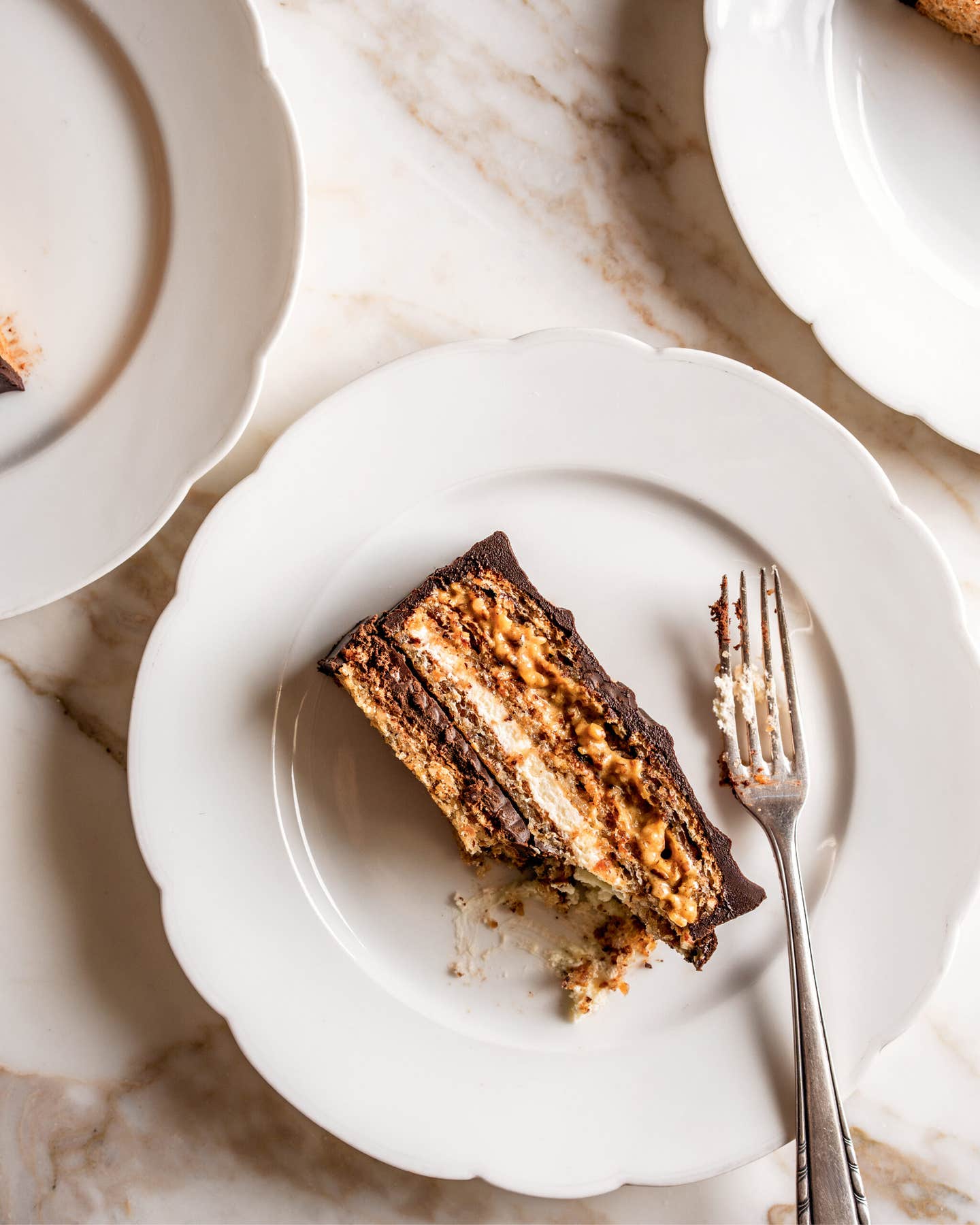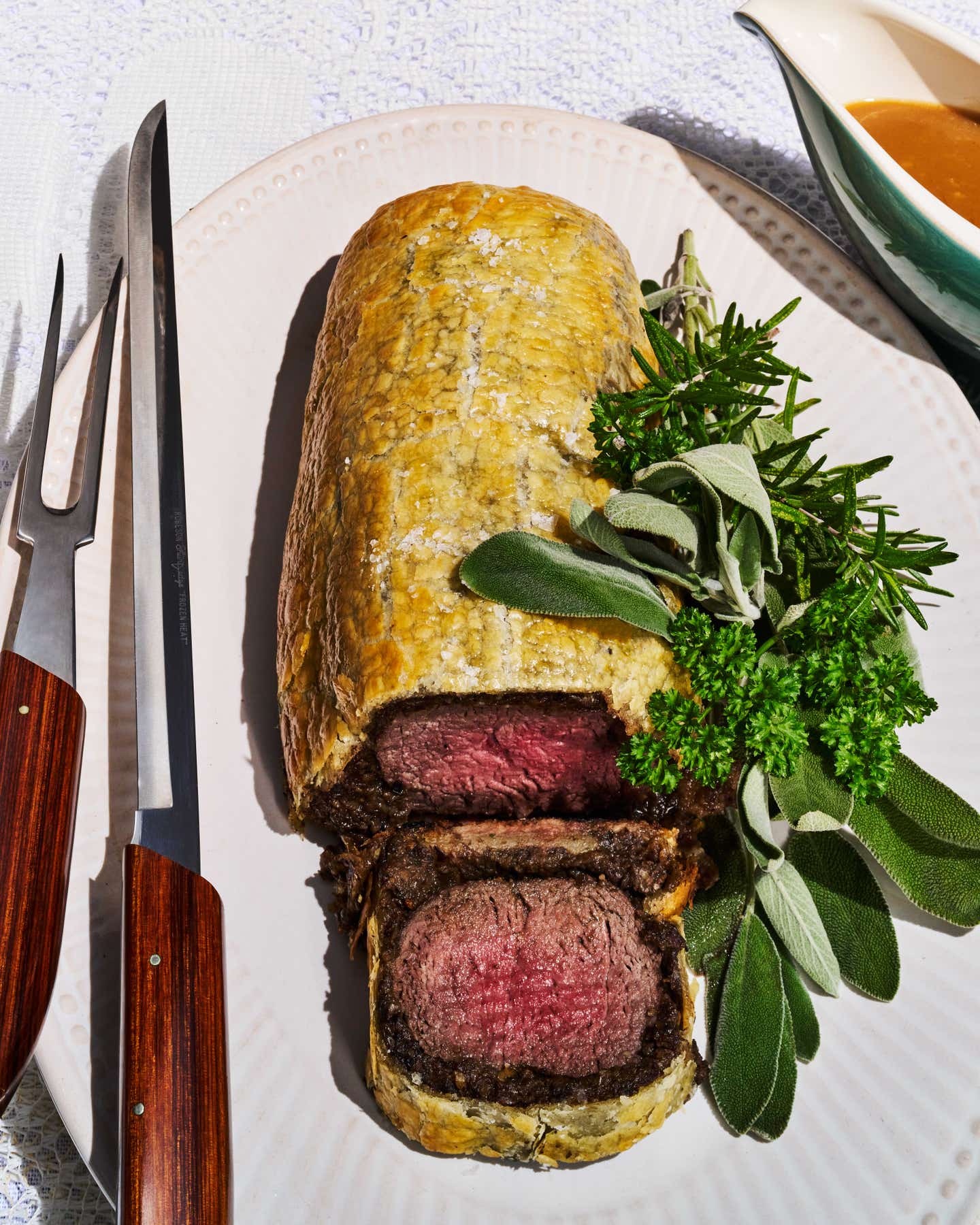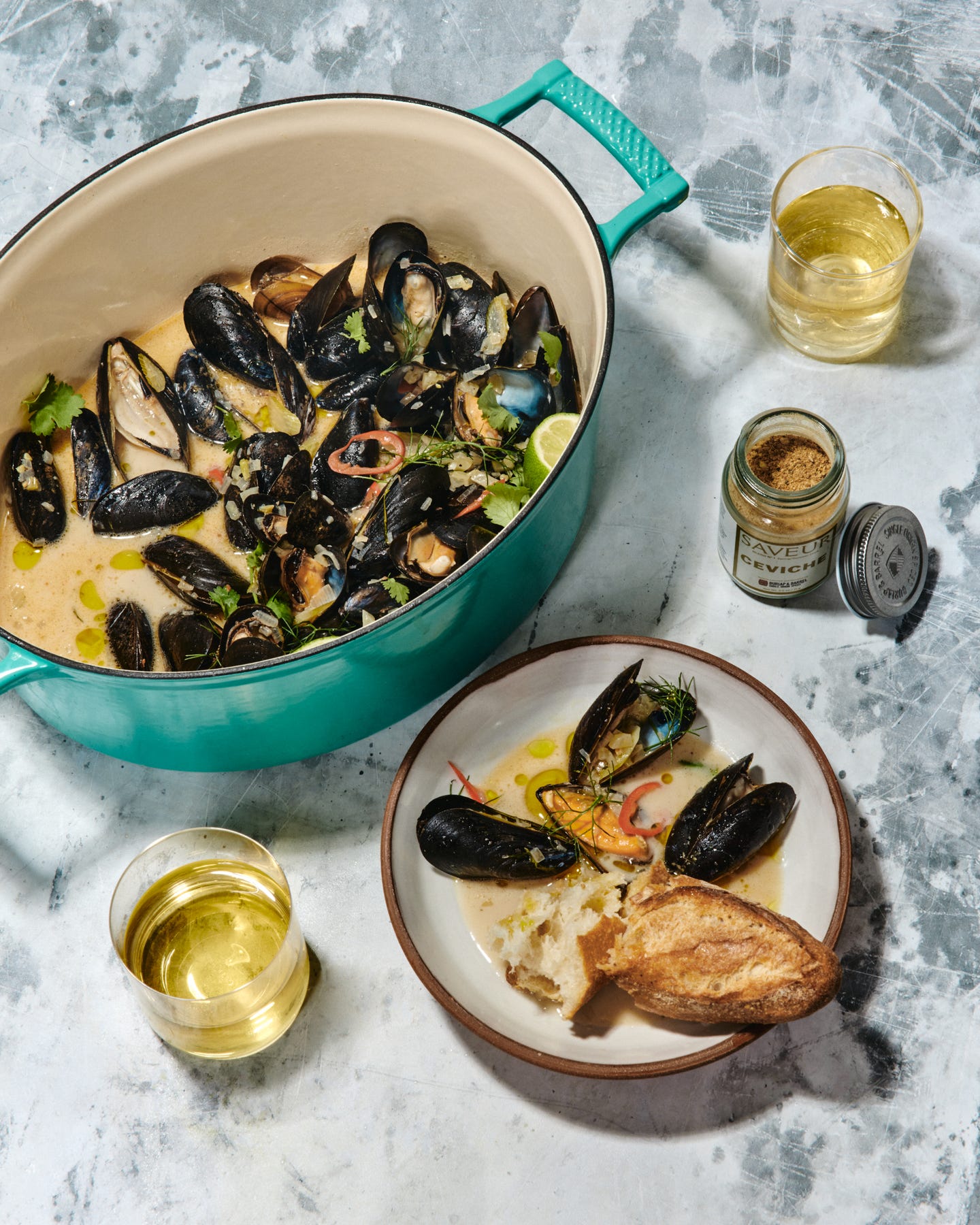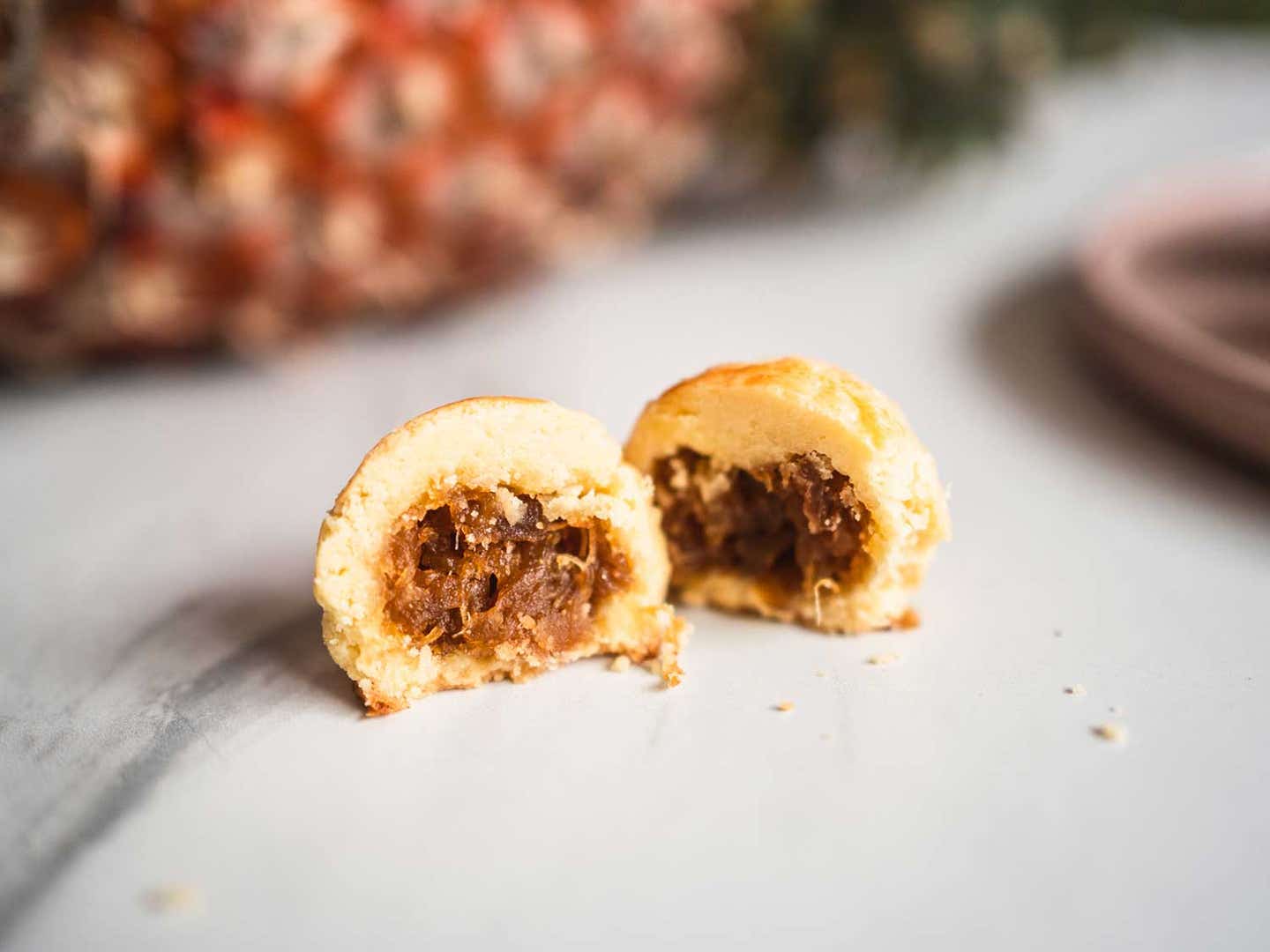
It’s Not Lunar New Year in Malaysia Without Pineapple Tarts
These festive cookies are an essential element of holiday tables from Kuala Lumpur to Sarawak.
For me, no Lunar New Year would be complete without a pineapple tart. Maybe two. But more likely a tinful. Forget the plate-sized, crimped-edged pastries that come to mind when you think of tarts—these are flaky butter cookies bursting with pineapple jam. Bite into one, and you’re first greeted by the rich, crumbly pastry that falls apart in your mouth under the gentlest pressure, giving way to a tropical, tangy pineapple filling, spiced with cinnamon and star anise.
Pineapple tarts might not scream Lunar New Year to all who celebrate it, but they have been a constant in my life, even cropping up in baby photos of me dressed in traditional red Chinese garb. So imagine my surprise when I found out years later that the pastries were a Lunar New Year treat only here, in my home country of Malaysia and in neighboring Singapore and Indonesia.
Malaysia is a Muslim-majority country, but approximately a quarter of the population is ethnic Chinese. For generations, this diasporic community has preserved the tradition of making and eating pineapple tarts in celebration of the Lunar New Year, which is considered a Chinese holiday (hence its other name, Chinese New Year).
In the weeks leading up to the Lunar New Year, trays and tins of pineapple tarts are sold in Chinese communities across the region. It is the most adored of the festive snacks; there are always nian gao (glutinous rice cakes), peanut cookies, mandarin oranges, and tapioca biscuits, but the pineapple tarts are always the first to run out. All across Malaysia, from Kuala Lumpur to Sarawak, everybody from schoolchildren to grandmothers line up to get their pineapple tart fix at Chinese restaurants, bakeries, roadside stalls, and even private homes of Chinese families, as many homemakers sell them as a side hustle.
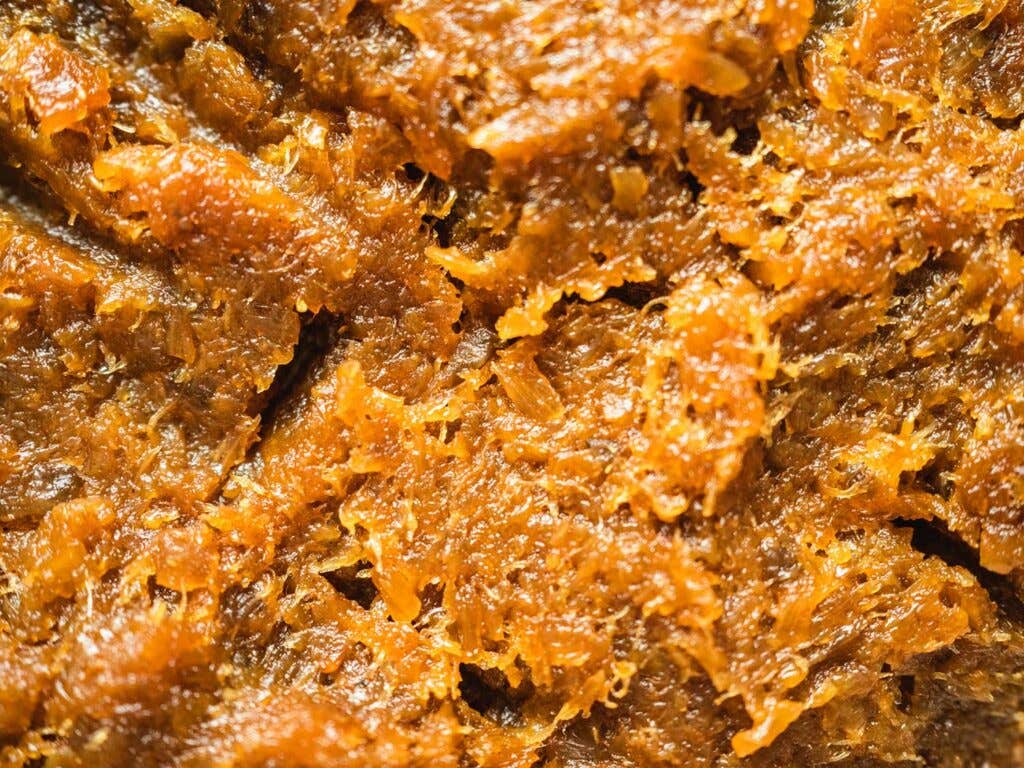
Over the years, to save myself the heartbreak of running out of pineapple tarts, I’ve made them at home—and, in the process, learned that from-scratch ones taste even better than those from the corner bakery. I like to make them for a weekend project, peeling and coring three to five pineapples each time and simmering their puckery flesh with sugar and warm baking spices to make a thick, gleaming jam.
I then roll out a simple butter pastry and spoon knobs of jam into the rounds, pinching them into sealed parcels. After that, all that’s left is a quick bake to give them their gorgeous golden hue. While pineapple tarts come in a slew of shapes and sizes—such as roulades with jam peeking out the sides and sunflower-shaped pastries dolloped with jam—my dome-shaped ones are wonderful in their simplicity, and for the hefty lump of jam they hide within.
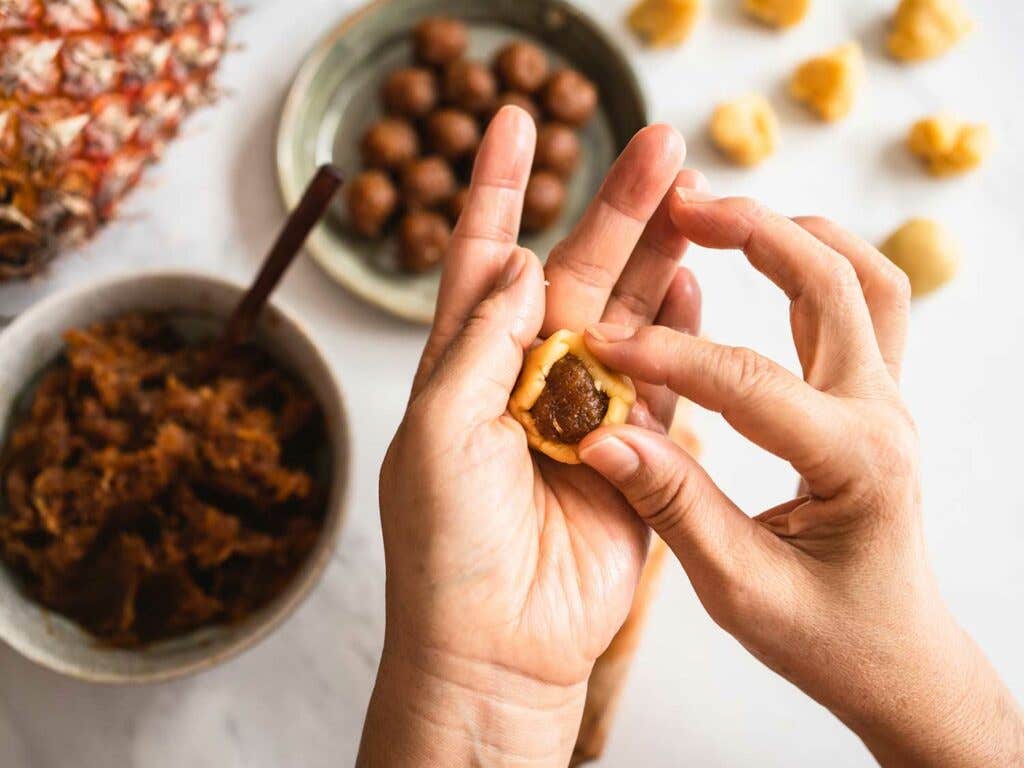
Oddly, pineapple tarts are rarely found in China proper despite being synonymous with Chinese culture in Malaysia. That’s due to an intricate web of cultural crossovers. The main ingredient, pineapple, isn’t native to Asia but in fact to South America. Only in the 16th century, as Spanish and Portuguese colonists and traders sailed the world, did the first pineapples land in Southeast Asia—a surprising revelation, since the fruit is a key component in other regional standbys such as Filipino pininyahang manok (pineapple chicken stew), Indonesian nanas goreng (fried pineapple), and Thai pineapple fried rice.
The origin of this pastry, on the other hand, is apparent in the local term for the snack, “nastar” cookies or “tat nenas,” loanwords meaning pineapple tart (“ananas taart”) in Dutch. According to Singaporean food writer and cookbook author Christopher Tan, “the Portuguese and Spanish brought pineapples to Asia, but the rich, short texture of pineapple tart pastry is very Dutch. In Bengkulu, Sumatra, pineapple tarts are still made in classic Dutch form—large-sized with crimped rims and pastry lattices, sliced to serve.” In the 17th century, the Dutch colonial empire stretched from Indonesia to Sri Lanka, leaving traces of their food culture in the former colonies that persist today.
While pineapple tarts are enjoyed by all, they have become particularly tied to Lunar New Year celebrations over the years. Beyond the pastry’s cross-cultural past and irresistible bursts of sweet spice, pineapple tarts hold a deeper meaning for the Chinese. The word for the actual fruit in Chinese dialects such as Hokkien and Cantonese, is “ong lai” or “wong lai,” a homonym for “wealth arrives,” so gifting pineapple tarts to friends and loved ones is a gesture intended to bring about prosperity for the coming year. Two weeks ahead of the Lunar New Year, my family would order hundreds of tarts from our favorite confectionery and spend a whole afternoon on the kitchen floor stuffing them into crimson containers.
While Southeast Asians are blessed with the flavor, and possibly the fortune, that comes with pineapple tarts, the pastries are tricky to find in other parts of the world (though in the United States, you might find them at Asian grocers and Malaysian- or Singaporean-owned Chinese restaurants). So consider baking a batch at home. Whether you choose to sculpt your pineapple tarts into delicate sunflowers or simply pat them into domes, your cravings are sure to linger long into 2021, the Year of the Ox. So, get cooking! In times like these, we could all do with a bit of good fortune.
Recipe
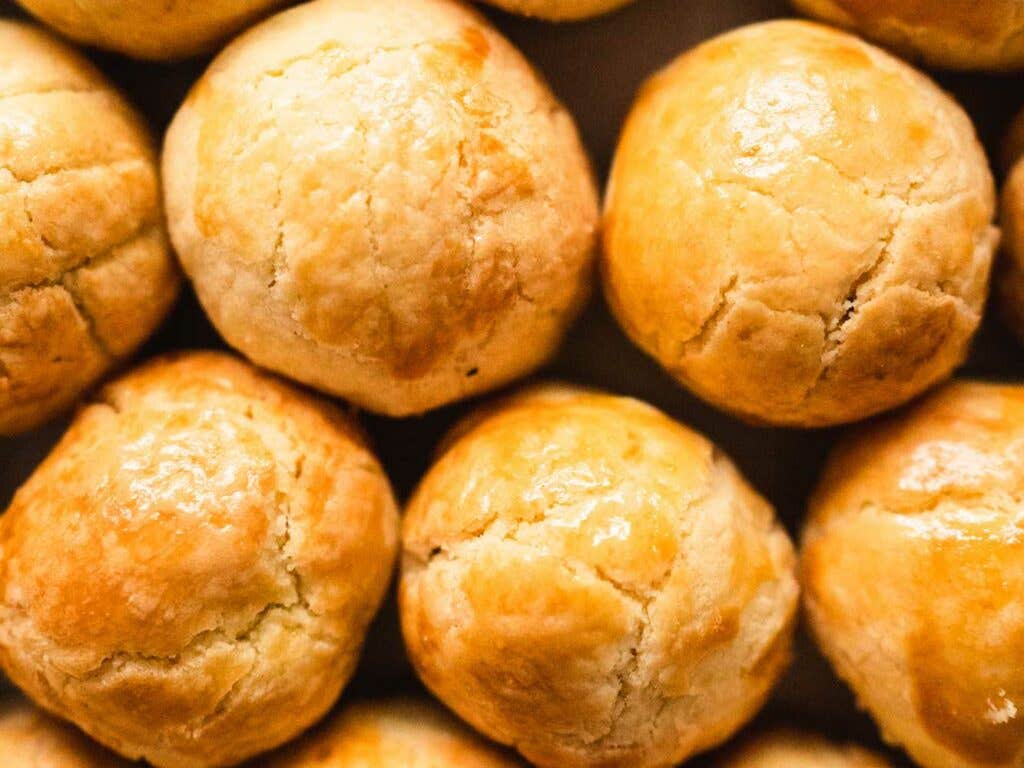
Keep Reading
Continue to Next Story




